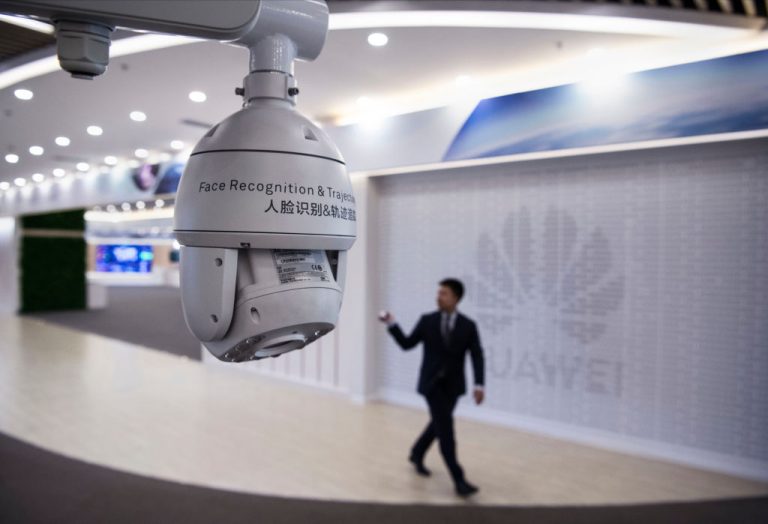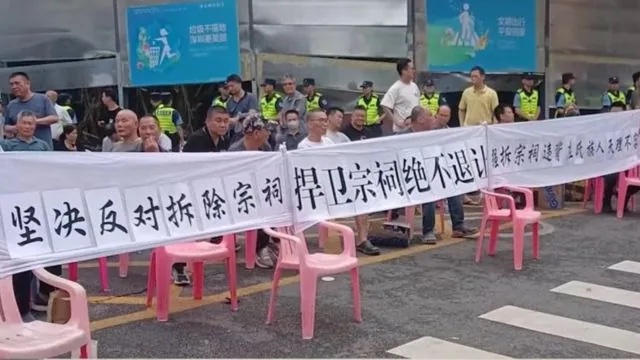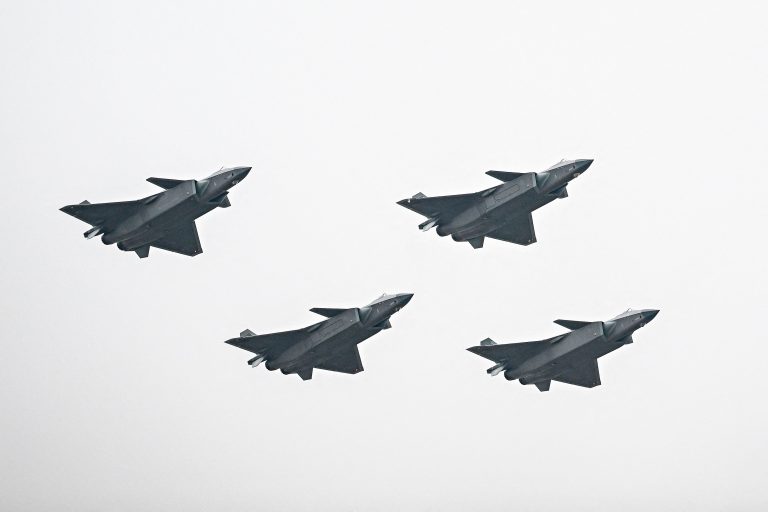Officials in the Chinese province of Henan are implementing a new surveillance system to keep an eye on journalists and international students who are considered “suspicious people”, using facial recognition technology to track individuals.
Despite the governments of the U.S. and China agreeing on Nov. 16. to “ease restrictions on journalists” the province’s security system is poised to continue to put pressure on international journalism on the mainland.
All-seeing eye
In what is being described by security experts as “one of the world’s most sophisticated surveillance technology networks,” Beijing plans to expand its security systems by placing millions of cameras and enhancing its technology.
Reuters has reviewed several documents from the Henan government website that were only recently made public. One document published in July revealed plans for a new security system involving 3,000 facial recognition cameras that are linked to national and local databases. From there, the system can create files on journalists, international students and other “people of concern”, which also include migrant women.
The surveillance system is said to be operated by at least 2,000 officials and policemen, putting them in charge of the systematic organization of its suspects into different categories.
Success
You are now signed up for our newsletter
Success
Check your email to complete sign up
On July 29, the contract for developing the system was tendered after the Henan floods were reported on by several foreign journalists including the British Broadcasting Corporation (BBC), the LA Times, and the Agence France-Presse among others.
On Sept. 17, Chinese tech company Neusoft won the bid for the five million yuan (US$784,000) contract, and are now required to build and implement the surveillance system within two months, meaning the system may already be operational.
The Internet Protocol Video Market (IPVM), the U.S.-based research firm that first discovered the Henan document, revealed that the system targeted journalists, particularly foreign journalists, as “surveillance targets” and paved the way for authorities to hunt down and cease their operations.
According to the tender document from the Henan Public Security Bureau, the cameras have to create a “relatively accurate file” for those who are covered by a mask or glasses. Suspects must also be searchable on the database using just a picture or by “searching their facial attributes.”
Once a “person of concern” has been located, they would be classified into “thematic libraries” within a database that stores information about the people in question.
The surveillance system will then conduct a categorization for journalists, separating them into three categories – red, yellow or green, depending on the level of risk one is perceived to pose.
“The preliminary proposal is to classify key concerned journalists into three levels. People marked in red are the key concern. The second level, marked in yellow, are people of general concern. Level three, marked in green – are for journalists who aren’t harmful,” the documents read.
Should a suspected journalist book into a hotel or buy a ticket for travel into the province, the police forces connected to the system in Henan will be alerted.
“Suspicious persons must be tailed and controlled, dynamic research analyses and risk assessments made, and the journalists dealt with according to their category,” the tender reads.
In October last year, Henan officials released a summary of the project, stating that the system would mainly be “centred on foreigners” and help “protect national sovereignty, security and interests.”
“While the PRC has a documented history of detaining and punishing journalists for doing their jobs, this document illustrates the first known instance of the PRC building custom security technology to streamline state suppression of journalists,” said IPVM’s Head of Operations Donald Maye.
Neusoft has not responded for comment, nor has Reuters confirmed if the system is now operational.
Students and ‘stranded women’
Other than journalists, the system would also determine and divide foreign students into three other categories of risk, “excellent foreign students, general personnel, and key people and unstable personnel.”
It will use methods like mobile phone positioning and travel bookings to monitor the movements of foreign students.
The document for the tender states that the “safety assessment” conducted would look into the daily attendance of foreign students, their exam results, their country of origin, and “school-discipline compliance”.
Information is planned to be gathered from cell phones, social media, vehicle specifics, hotel bookings, travel tickets, property ownership and photos.
Non-Chinese migrant women, who are named “stranded women” by the local government, are also to be targeted, as they are said to “not have the right to live in China.” Large numbers of women come to China for work, while others have been smuggled in from other countries.
“These documents shed light on what China’s public-security officials want from mass surveillance.” Conor Healy, Government Director of IPVM, told the BBC.















